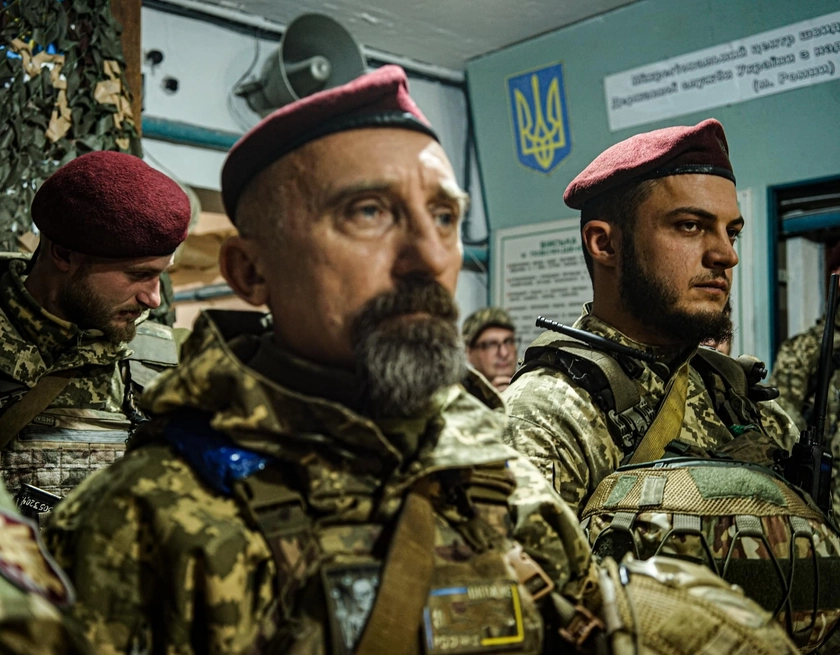Ukrainian forces have successfully disabled a Russian radio relay station in the border area near the village of Krasnaya Polyana, Belgorod region, the Main Directorate of Intelligence (HUR) has said.
"Members of the HUR, working in conjunction with their colleagues from the SSO (Special Operations Forces) and the 1st separate special forces brigade named after Ivan Bohun, identified and rendered inoperative the high-value Russian radio relay station 48Y6-K1 'Podlet'," a HUR statement read.
JOIN US ON TELEGRAM
Follow our coverage of the war on the @Kyivpost_official.
HUR claimed that the facility sustained damage during the operation, leading to casualties among the enemy's personnel.
According to Russian media sources, the approximate cost of such a radar station is 700 million rubles ($5.5 million). The Russian "Almaz-Antey" corporation is responsible for the development of this mobile radar, with trials commencing in 2010.
Designed to detect small, slow-moving, low-flying targets in challenging environments, the "Podlet-K1" has the capability to identify cruise missiles, unmanned aerial vehicles, and stealth aircraft.
Almaz-Antey has claimed that the station has superior target detection capabilities compared to the universal S-400 systems.
According to the developers, the 'Podlet-K1' is purportedly capable of identifying approaching objects at distances of up to 300 kilometers and altitudes of up to 10 kilometers. Moreover, it can simultaneously track at least 200 targets.

Fighting Across Ukraine War Front Fierce but Static
The initial deployment of "Podlet-K1" complex, as stated by "ArmyInform," was geared toward fortifying Moscow's air defense in 2015. It comprises an antenna post, a control unit, and an electric generator.
Furthermore, recent reports indicate that SSO fighters have also destroyed the Zoopark radar system, with one located in the Zaporizhzhia direction and another in the Donetsk direction.
Valued at $20 million, this system is utilized for countering artillery attacks and can identify mortar shells within 20 kilometers, artillery shells within 30 kilometers, and surface-to-air missiles within 50 kilometers, pinpointing the source of the incoming fire.
You can also highlight the text and press Ctrl + Enter










